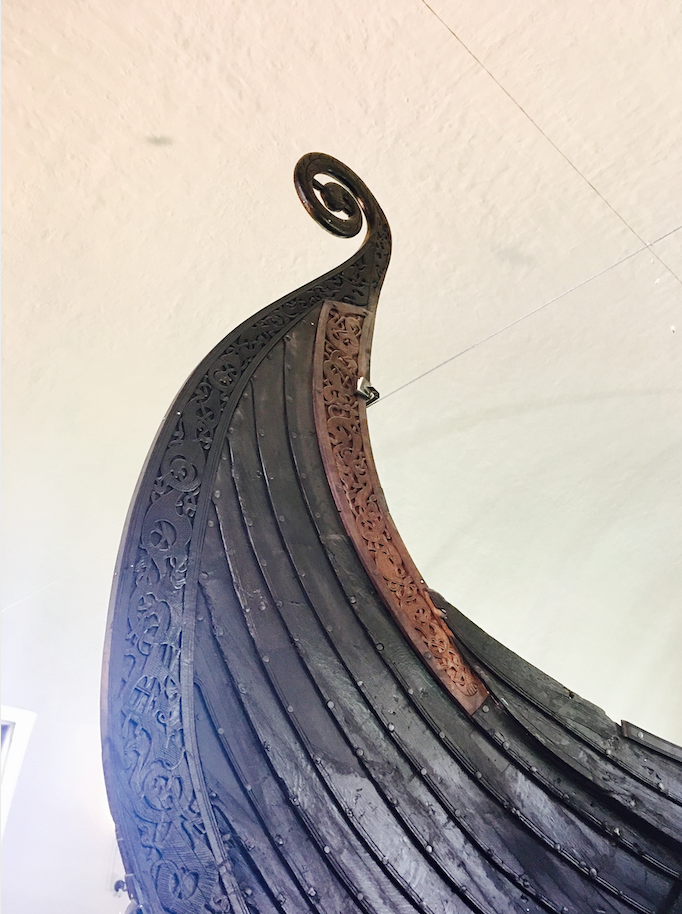Hodgepodge
Vikings, Valkyries and Shieldmaidens
We’ve talked before about how Norway is considered to be a gender-neutral country. From progressive parental leave laws to the share of women serving in the Norwegian parliament, Norway is admired worldwide for gender equality. Princess Ingrid Alexandra is the first Norwegian female granted the privilege to sit on the throne—she’s currently second in line behind her father, Crown Prince Haakon. We like to think of her right to succession as a modern symbol of Norwegian feminism.
However, Scandinavian society has long championed female autonomy. Recent research suggests that gender equality was prevalent during the Viking era (793 AD-1066), when Nordic women enjoyed more freedom than women anywhere else in the world. According to Norse mythology, the Valkyries were fierce females who decided which warriors lived and died in battle. These “choosers of the dead” were “shieldmaidens,” like Brienne of Tarth from “Game of Thrones.” Shieldmaidens were Scandinavian she-warriors who marched alongside the men to fight in some of the biggest battles in Viking history. Their bravery is legendary.
Arguably the most famous Valkyrie from Norse mythology is Brynhild, who angered Odin, the god of war, when she struck down the wrong king in battle. Her punishment was to marry a mortal, so she surrounded herself with a ring of fire and waited for a man brave enough to come and claim her. Needless to say, mayhem ensued. You can read Byrnhild’s story of love and betrayal in the Völsunga Saga.
In the Saga of Erik the Red, we learn the story of the Viking’s daughter, Freydis Eiríksdottir. Freydis was a fearless explorer who fought beside her famous brother, Leif Eiriksson, despite being pregnant at the time.
Lagertha, whose tale is recorded in the Gesta Danorum, is also known as the “victorious shieldmaiden.” She was a Norwegian royal who was captured and enslaved by the King of Sweden after he defeated the King of Norway. Released by Viking Ragnar Lothbrok, she fought alongside him and his men. Lagertha later married Ragnar, who was apparently not threatened by her awesomeness. She also killed him when he brought home a new wife.
Lagerta famously said, “I am iron and I forge myself.”
Moral of the story: Don’t cheat on a shieldmaiden.
Myths aside, Viking women were ahead of their time. They could own their own land, run their own businesses and even serve as clergy. They could also initiate divorces and retain custody of their children. According to the academic journal, Economics & Human Biology, the favorable status of women in Viking society may have been a contributing factor to the current status of Scandinavian women today.
As Stressless celebrates its 50th anniversary, the furniture brand born in Norway also celebrates the 1,000-year history of strong, vibrant Scandinavian women and their place in the world.